Ratha Saptamī occurs on the 7th waxing lunar day in the month of Māgha, which in 2016 arrives on February 14. Ratha Saptamī is also known as Saur Saptamī, Acalā Saptamī, Vidhāna Saptamī, Ārogya Saptamī, Rām Saptamī, Aruṇodaya Saptamī, Bhāskara
Saptamī, and Māgha Saptamī. Its title depends on the region of India where it is celebrated, or the specific ritual performed on this day. Ratha Saptamī is one of the seven auspicious bathing days during the Maha Kumbh Mela. This year, Ratha Saptamī falls on a Sunday which makes it an extra special occurrence called Vijaya Saptamī, which means the victorious 7th lunar day.
This day is also known as Sūrya Saptamī or Sūrya Jayantī – the day in which the Sun was born. The Sun was born from the goddess Aditi and sage Kaśyapa in Prabhāva year when Moon was in Viśākha
. It is interesting to note that according to Taoist astrology the 7th lunar day in Māgha month is said to be the day that humans were born. There is mention of Ratha Saptamī in several texts including the Bhaviṣya Purāṇa and Brāhma Vaivarta Purāṇa. Ārogya means health and freedom from disease, so as the name Ārogya Saptamī implies, this holiday is used to perform austerities to become free from disease and invigorate the health of an individual.
It was on this auspicious day that Viśwákarma created the chariot that Kārttikēya used to slay the demon Tripurasura.
It is written in many texts that the 7th Manvantara cycle called Vaivasvata Manvantara, commenced on Ratha Saptamī. A Manvantara is an extraordinary time period consisting of 306,720,000 years.
FASTING
Fasting on this day is said to bring great benefit for alleviating disease and invigorating health. Fasting begins at sunset on the 6th lunar day ( Māgha Śukla Ṣaṣṭhī – Feb 13, ) and lasts all day through the 7th. Fasting is concluded at sunrise on the 8th lunar day known as Bhīṣma Aṣṭamī ( Māgha Śukla Aṣṭamī)
Deity worship
Depending on which location you reside in India, or which lineage you acknowledge, there are several different deities that may be worshiped on this day. Since it is the Sun’s birthday, it is a major holiday for propitiating and worshiping the Sun as well as Viṣṇu’s incarnation as the Sun. Śiva and Pārvatī as well as many local deities are also offered elaborate rituals on this day.
Ritualistic bathing and purification rites Snāna स्नान
|
Rituals
Many different forms of rituals are done throughout India on this day, but commonly Ardhyadan अर्ध्यदान is performed while standing in a river during the ritualistic bath. A ritual copper pot is held with the hands in Namaskār mudra and holy water is offered to the Sun while chanting specific prayers. There are many variations of this basic procedure including lighting of ghee lamps and offerings of many sacred plants and flowers. Oil is not to be placed on the head or hair on this day, but there are many interesting other traditional procedures including bathing with Calotropis Gigantea and uncooked rice, or the placing of the leaves of several different plants on the head (mainly Arka leaves,) or simultaneously on the 7 sacred parts of the body.
Mātsya Purāṇa
The Pitṛs say that offering even just water and sesame on Ratha Saptamī will give the same benefit as performing Śrāddha for a thousand years. DONATIONS
Donations to priests and temples are said to have extraordinary benefit and bring exceptional merits on Ratha Saptamī .
Though the Sun begins its northern course on the winter solstice (Uttarāyaṇa), It is several days or sometimes weeks later on Ratha Saptamī that the energy of the seven horses of the Sun combine in formation to align a harmonious speed through the Sun's northern course. It is as if the Uttarāyaṇa course is the light of dawn, and Ratha Saptamī is when the rays of the Sun first strike the Earth. The seven horses of the Sun represent a primordial energetic matrix that pervades the entire solar system. They represent the 7 days of the week, the 7 cakras, the 7 colors of the rainbow, the 7 main meters in chandas, the heptatonic and diatonic scale, the 7 servants of the sun, namely the fixed stars, the months, the fortnights, the seasons, the years, the days and nights. The 7 horses of the Sun represent an impulse that colors all aspects of sight, sound, emotion, life force and intelligence throughout our solar system.
Māgha Navaratri
Ratha Saptamī occurs on the 7th day of Māgha Navaratri also known as Māgha Gupta Navaratri. Like the 4 other Navaratri celebrations that occur throughout the year, Māgha Navaratri celebrates 9 forms of the divine feminine in the form of Durga. As the name Gupta implies, there are many aspects to Māgha Gupta Navaratri that are shrouded in secrecy, and unveiling the more esoteric reasons and implementations for this nine-day celebration are not as readily apparent as the other 4 main Navaratri holidays throughout the year.
According to Brāhma Vaivarta Purāṇa, Lord Viṣṇu himself resides in the river Ganga during the month of Māgha, and even a drop of water from the river takes a person to a heavenly abode. According to other Purāṇas, Lord Viṣṇu is pleased by donations and charity during this month and the benefits of offering donations to those in need are similar to ritual snāna in the river. Bhīṣma Aṣṭamī
In the Mahābhārata, there existed a heroic individual named Bhīṣma. He was a rare combination of a warrior and an ascetic. He had been awarded the skill (siddiḥ) by his father to shuffle off his mortal coil at the given time that only he could choose. During the great war of the Mahābhārata, it is said that he was felled by so many arrows that as he fell the arrows held his entire body above the earth. Even as he was mortally wounded he preached peace and attempted to persuade both sides of the war to lay down their arms and find common ground. He kept his life force in a suspended animation of sorts for weeks, and even in this state he gave sermons to king Yudhiṣṭhira on how to run a righteous kingdom. The timing of his death implies that the great hero Bhīṣma waited more than a month with his grave injury till after the winter solstice for the 7 energies of the Sun to unite in a harmonic formation to carry his cleansed soul into heaven on the chariot of the Sun’s northern course. He left his body on Bhīṣma Aṣṭamī, the day after Ratha Saptamī. This is also implied by verses in the Bhaviṣya Purāṇa which explain the attainment of complete salvation by observance of austerities on Ratha Saptamī.
Ratha denotes a chariot, but in this sense it is not a war chariot, but more of a ritualistic vehicle that transports divine energies through space and time.
The Sun is the chariot of our solar system carrying all the planets in our solar system around the galactic center approximately every 220-300 million years.
The Sun is said to be the eye of the gods. Our sight is like the chariot of the body which allows us to move freely about the obstacles around us. The Sun is also the significator of health and the soul. Our health is the chariot of the body, and the body is said to be the chariot of the soul, but likewise the soul is also the chariot of the body.
The Sun is said to be the eye of the gods. Our sight is like the chariot of the body which allows us to move freely about the obstacles around us. The Sun is also the significator of health and the soul. Our health is the chariot of the body, and the body is said to be the chariot of the soul, but likewise the soul is also the chariot of the body.
In the ancient mathematical text the Śulbasūtras, there are elaborate methods to construct a chariot altar. Altars are chariots for our offerings to the divine realm; they carry intentions, prayers and offerings through the veil of the divine borders. Chandas or Veḍic meter is liken to a chariot that carries sound, rhythms and vibrations to the audience of divinity.
Sūrya Namaskāra
Recite each mantra below sequentially as you perform each asana in the Sūrya Namaskāra sequence.
- ॐ रवये नमः Om ravayé namah
- ॐ सूर्याय नमः Om sūryāya namah
- ॐ भानवे नमः Om bhānavé namah
- ॐ खगाय नमः Om khagāya namah
- ॐ पूष्णे नमः Om pūṣṇé namah
- ॐ हिरण्यगर्भाय नमः Om hiraṇyagarbhāya namah
- ॐ मरीचये नमः Om marīchayé namah
- ॐ आदित्याय नमः Om ādityāya namah
- ॐ सवित्रे नमः Om savitré namah
- ॐ अर्काय नमः Om arkāya namah
- ॐ भास्कराय नमः Om bhāskarāya namah
YANTRA
Aṣṭadal Kamal is a yantra often used in rites on Ratha Saptamī
Mantras and Stotrams
The main mantras and stotrams for acquiring the benefit of Ratha Saptamī are Sūrya namaskāra, Sūrya Sahasranāma, Ādityahṛdayam, Sūryāṣṭakam and Gāyatrī .Sūrya Sahasranāma
Sūryāṣṭakam
Ādityahṛdayam
Gāyatrī
Sūrya Kavacham
Sūrya Upaniṣad
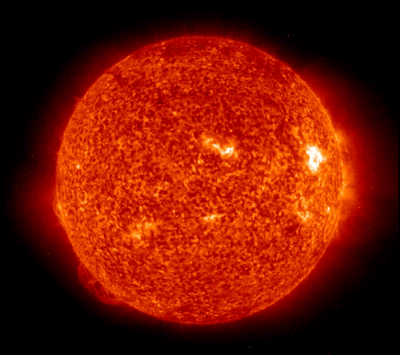
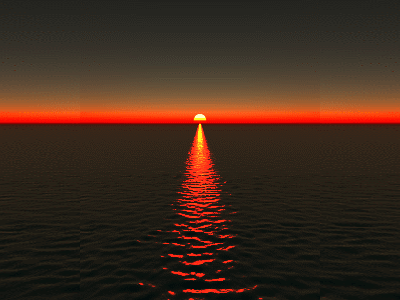

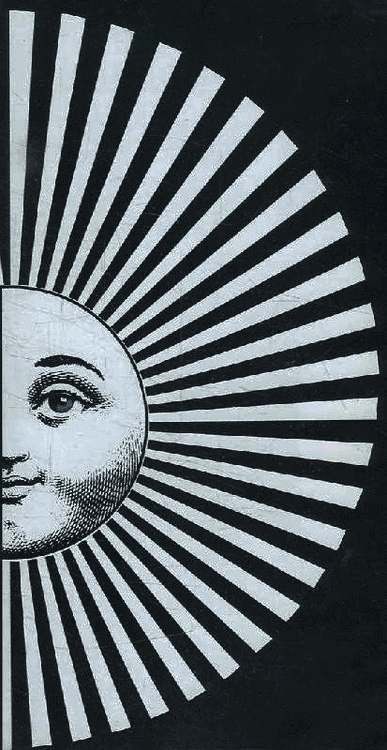

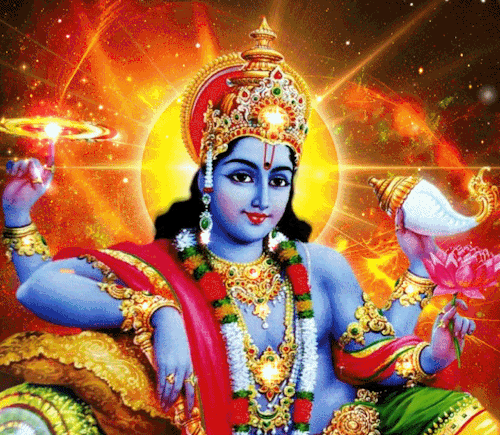
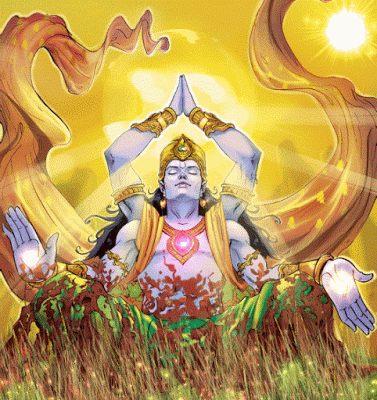

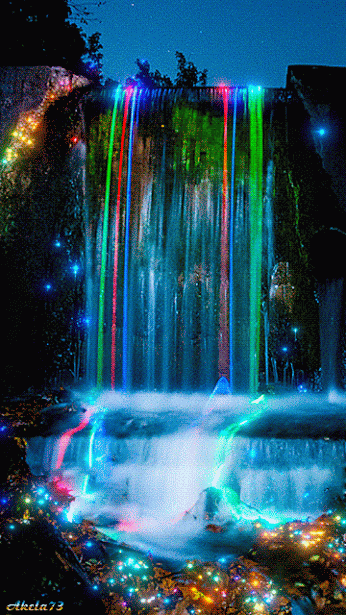

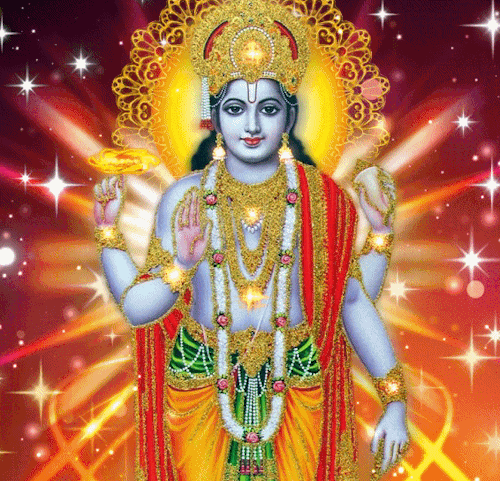

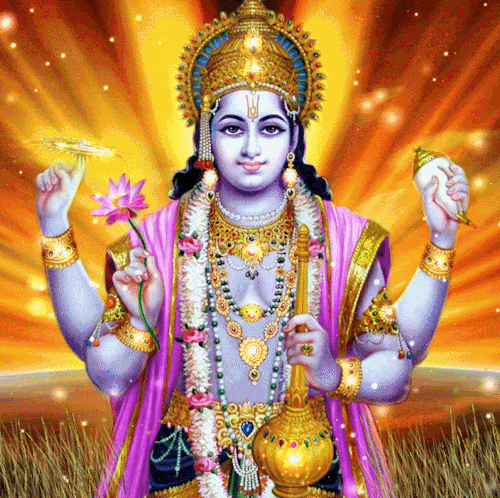





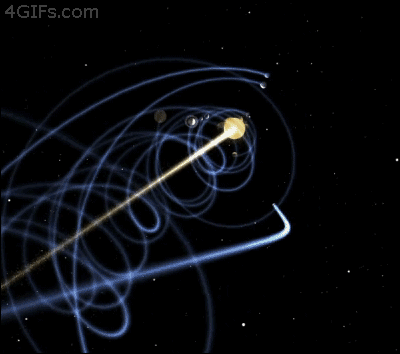


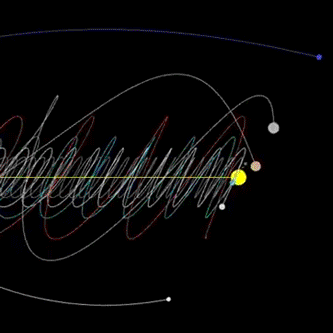


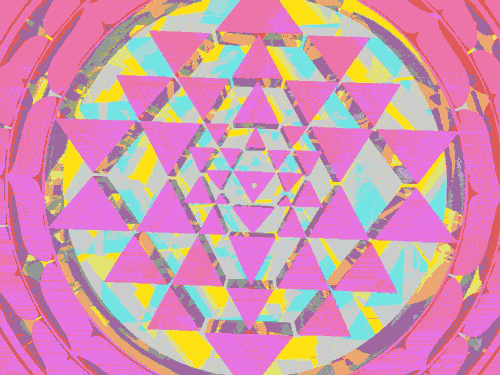


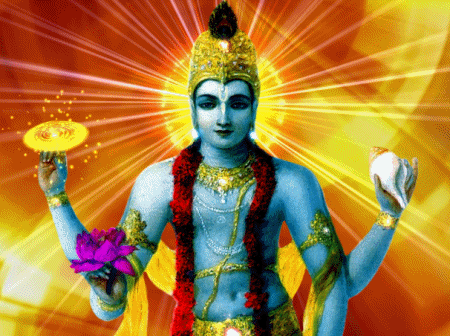
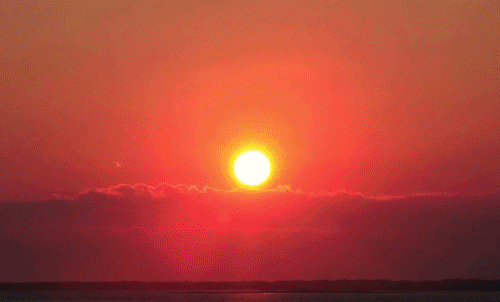
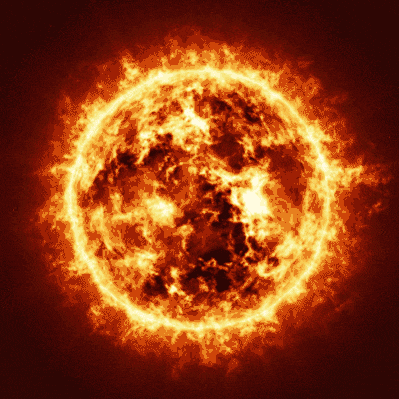
This is awesome post. Keep it up dear Lost Love Back Solution - Astrologer Vinod Kumar
ReplyDeleteYour post is interesting,thank you for sharing.
ReplyDeleteTo learn Animation Courses in Mysore. Contact us.